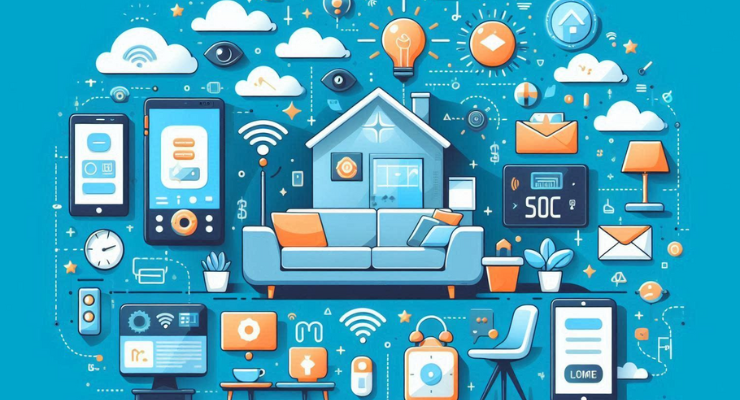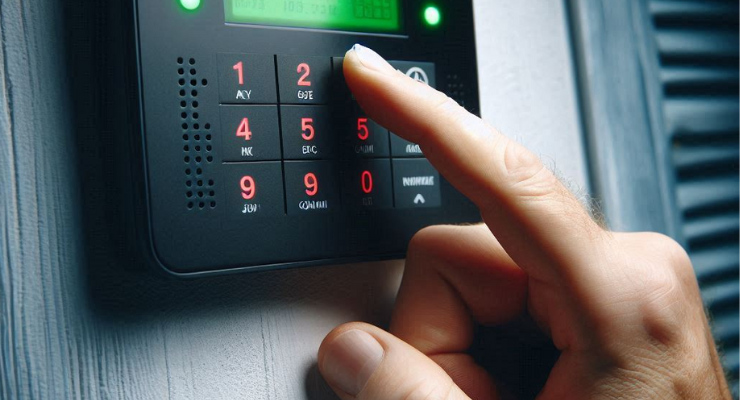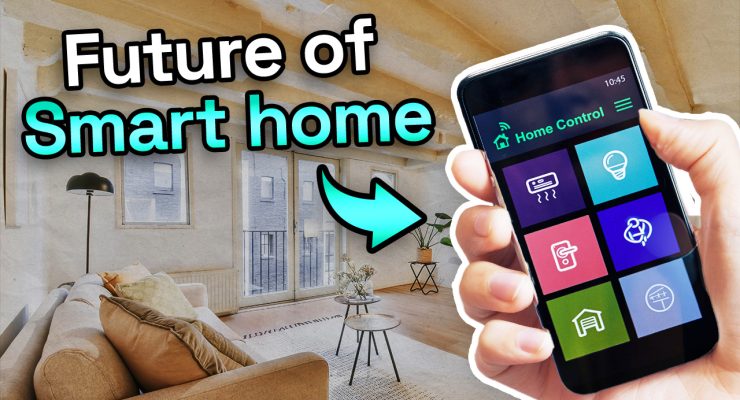
Fast read
Artificial intelligence (AI) and the development of smart home technology are predicted to provide a wide range of features and capabilities in the future of highly integrated, automated smart homes. Voice activation, smart walls, smart kitchens, and connectivity with electric vehicles are potential possibilities.
Future smart homes are anticipated to be highly individualised and effective, adjusting to each person's requirements and preferences while consuming less energy and providing more comfort and convenience.
Also expected are increasingly sophisticated security systems with facial recognition and other biometric characteristics will be used. In general, it is anticipated that the smart home of the future will be a place that can change to accommodate shifting requirements and tastes while also improving energy efficiency and ease.
How will the future of smart homes play out?
It seems as though smart homes have wide-reaching capabilities already, but what exactly will they be able to do in the future?
We predict that smart homes will become their own in the next decade, and smart home automation will become incredibly exciting. Expect the advancement in Smart Home functionality to be thanks to artificial intelligence (AI).
What will it be able to do?
In the future, your smart home will be able to perform various tasks for you. It can check your schedule, wake you up, make tea, and provide news updates. This can be done through your TV or other devices.
Likewise, you will learn about the weather the same way without opening the curtains. These advancements drive the prediction that the global smart home device market will reach almost $140 billion in turnover by 2030.
As more smart home devices reach the market, the more the capabilities of smart homes will increase. In the future, smart homes will have multiple microphones placed throughout the house for voice control. These microphones will not only be located near Google Home or Amazon Alexa devices.
Other expected advancements also include whole walls that light up, preventing the need for central bulbs. In addition, we may see kitchens that can automatically scan the nutritional value of your food. As well as robotic mechanisms that can whip you up a meal.
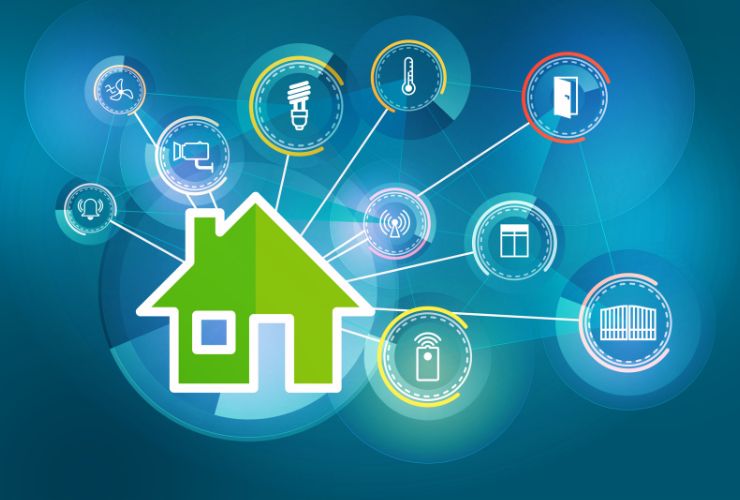
What is a Smart Home?
Your phone is the remote control of the connected smart home. You can manage your devices, including TV, air-conditioning, hot water, lighting, washing machine, solar, batteries, and more, automatically by connecting your smartphone to your home internet. The whole purpose is to save energy and increase the comfort level of your home, save you time, and make your home safer.
A smart home can start with simple plug-and-play devices or can get a whole new security system or an integrated smart home lighting system installed. This will require the services of a specialist.
The improvement in voice recognition technology has driven Smart Home development. Many devices can now be operated using voice commands instead of fiddling with the buttons.
Naturally, a smart home will need more sensors, cabling, and equipment, and all these devices can still fail. Therefore we recommend only purchasing and installing smart home items where a reliable after-sales service can be obtained for many years.
Many smart home devices also have a remote fault-finding service and fault alarm as part of their makeup. For example, solar inverters and monitoring systems can send alerts when the solar system produces less electricity than expected. If a number of these alerts can go through, then one should call a solar installer to check if one of the panels has any issue to cause the alerts.
Energy use reduction will be a crucial driver of smart home technology
Sophisticated monitoring equipment, smart meters, and tuning of devices such as heat pumps and pool pumps can achieve the smart use of solar. Aligning with maximum solar generation. This will then result in less renewable energy being exported and lower electricity bills.
As heating and cooling can consume as much as 40% of a home’s energy, running air conditioners more efficiently is crucial. Smart home thermostats in the future will use data from room sensors and behaviour patterns to control heating and cooling equipment. This control will help make the units more efficient. This will help adjust the units to be more efficient.
Zonal control will be a critical consideration in reducing energy consumption.
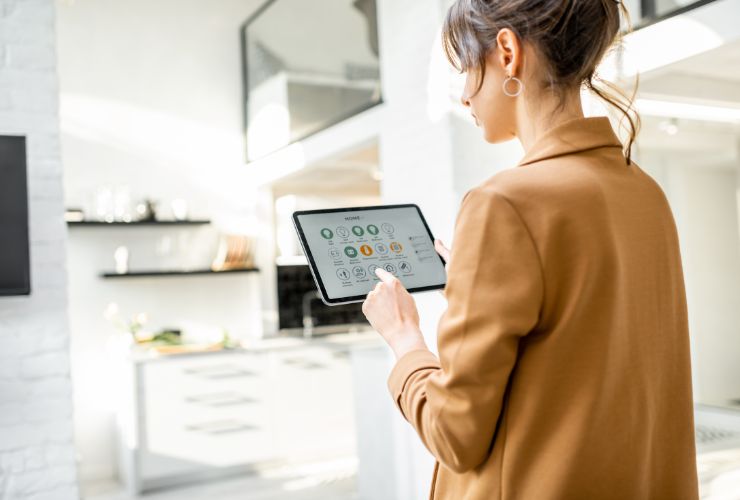
EVs of the future will be able to come home and have their battery connected to the home and either charge the batteries or supply the backup power for the home if there is a blackout.
A display in your home or phone could show your current electricity running costs in real-time and accumulated costs. By getting visual indications of how much energy one home uses. One can influence this consumption to achieve lower electricity bills.
More complex in-home displays, which require a connection to a smart meter, can also display the total power used in a home at a particular time. The electricity generated by the solar system, the power in Watts supplied by the battery to the house in real-time, and the costs or credits you are earning right now.
Will I need a degree to operate a smart home?
Looking ahead, the key to success for future products lies in making them super easy for everyone at home to use. Imagine just plugging in a device, and it sets itself up with the help of smart technology – that’s the kind of simplicity we’re talking about. While things like smart light bulbs might need a bit more attention, the main idea is to keep it all straightforward.
By doing this, we’re making sure that everyone in the house, whether they’re young or old, can smoothly enjoy the perks of a connected home without dealing with any complicated stuff. So, in a nutshell, the future of smart homes is about keeping things easy, and making technology accessible for everyone in the family.
Getting help from virtual assistants
Many of us have already had the experience of getting help from a virtual assistant. “Alexa – what is the time?” “Alexa play best of Crowded House” are typical commands we give our Virtual Assistant now. In the future, we will be able to ask things like: “Alexa – please run a hot bath”, or “Alexa – the room is too hot, please make it cooler – 21 degrees would be ideal”, or finally – “Alexa the room is too bright – please close the blinds”.
By connecting Virtual Assistance, which is linked with a smart speaker, with many other home devices. We can automate many processes, saving us time and money.
One has to watch that all these intelligent home management devices do not chew through a lot of power and negate all the energy savings we achieved in the first place. However, maybe our Virtual Assistant can fix even such problems.
What about privacy?
Reports indicate that hackers have breached security cameras in smart homes and stolen private data, similar to the Optus Hack of 2022. Therefore, data protection and appropriate security protocols must be strengthened in line with the growth of the smart home to develop the trust with consumers required to grow this technology.
These are some of the new things we can expect in the future. We don’t know how popular they will become, but it’s clear that smart homes and devices are becoming more common. Increased home automation and devices that haven’t even been thought of yet will undoubtedly shape the future of our homes.
Finally, unfortunately, right now, not all smart devices are compatible. Different manufacturers offer different protocols and plugs, and sometimes devices can not talk to each other. Like with battery-powered power tools, many batteries will only fit their brand and not another manufacturer’s device. But it is improving, and we expect the industry to standardise over time.
